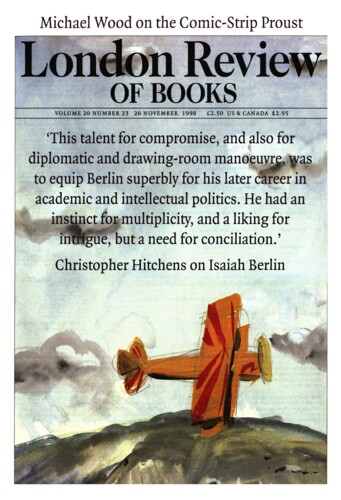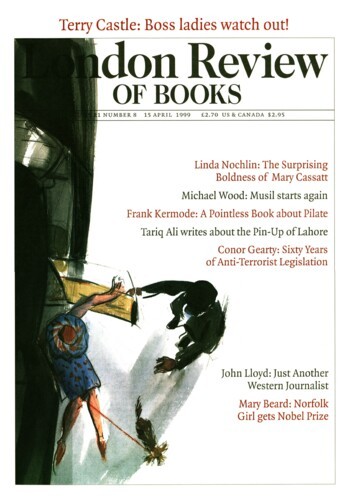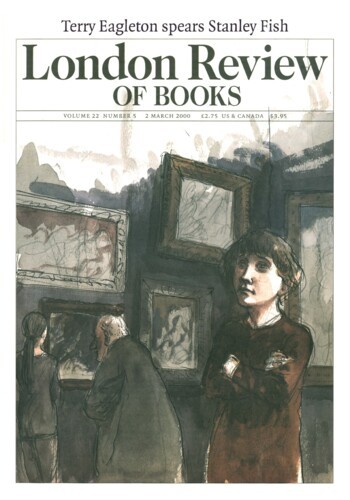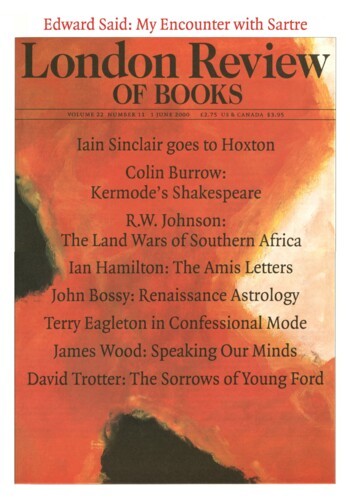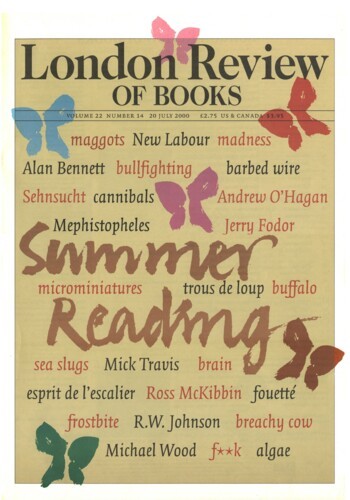First one, then another, then another, then another after that: Magnus Mills
Theo Tait, 26 November 1998
In the mid-August silly season, excitement for bored hacks was provided by a rumour of mysterious origin, about a London bus driver who had received a fortune – the statutory ‘cool million’ – in advances and film rights for his first novel. Although the real advance was soon discovered to be substantially smaller, Brixton bus garage was besieged by reporters and photographers hoping to catch a glimpse of Magnus Mills, perhaps scribbling in the cab of his Routemaster, or discussing Joyce in rhyming slang. We have since been bombarded with features, interviews and increasingly laborious jokes, usually along the lines of Wendy Cope’s poem about men and buses (‘Typical. You wait years for an article about you. Then 20 turn up at once.’) Mills was amazed by the press stereotyping and the media’s apparently inexhaustible appetite for bus-related copy, but has done little to discourage it all. The poker-faced potted biography in his novel, for instance, slyly omits that he has an economics degree and has written regularly for the Independent, concentrating instead on his famous job and previous experiences working ‘with dangerous machinery’.’‘
